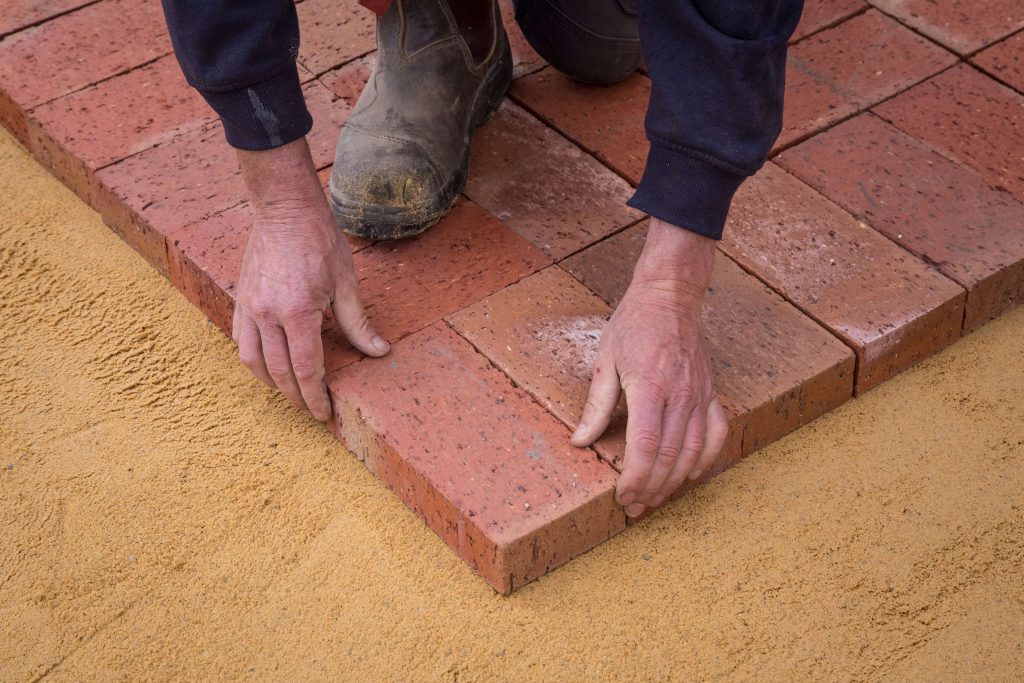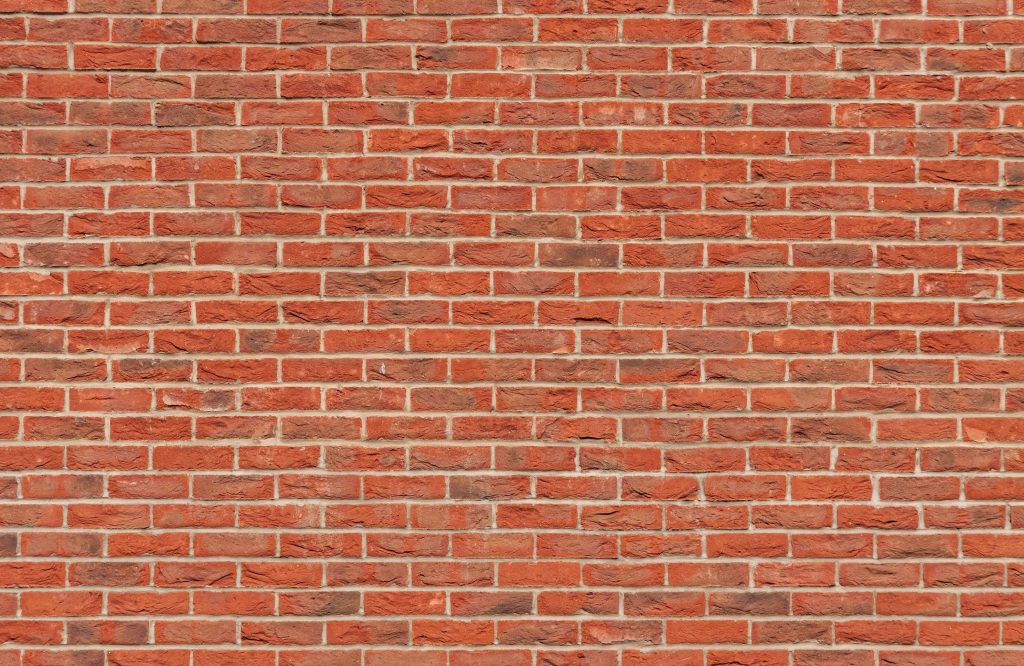What is Brick & Mortar Repair?
Brick and mortar repair involves replacing cracked or worn-out mortar with new material. This process helps to protect your pavers from water damage as well as provide an aesthetically pleasing finish to your paved area. It also helps keep weeds in check by preventing them from growing between the bricks and mortar joints.
Types of Paver Grout
When attempting to repair brick and mortar, the width of the joint between pavers determines which type of grout is best. For wider spaces (1/2″+), sanded grout stands out for its powerfully durable cement content that reduces cracking over time, while smaller joints require unsanded grout as it protects from weeds due to its lower cement level. Ultimately, select a form of grout suited perfectly to your desired outcome – one that offers strength and functionality without compromising on aesthetic appeal.
Applying Paver Grout
Before beginning any work with paver grout, prepare the area by eliminating all debris and vegetation from between your pavers. Utilize a brush or broom to sweep away loose sand or dirt for an even surface. After readying the ground, blend either sanded or unsanded grout according to manufacturer instructions to complete the process. -this can be done manually or with an electric mixer and fill all gaps between pavers by it using an appropriate tool such as a trowel or rubber float. Finally, allow enough drying time before walking on it -24 hours minimum to prevent damaging it further down the line.
To ensure the longevity and beauty of your outdoor spaces like patios, walkways, and driveways are maintained for years to come, you must upkeep brick-and-mortar repair around paver grouts. Educating yourself on the many varieties of grout available today can empower you to make an informed decision, allowing you to select a product that fulfills your project needs perfectly. Furthermore, this information provides you with greater authority as to precisely how you’d like your house projects done!


